Home | Carbon offsets | Household Solar Lighting, Zambia
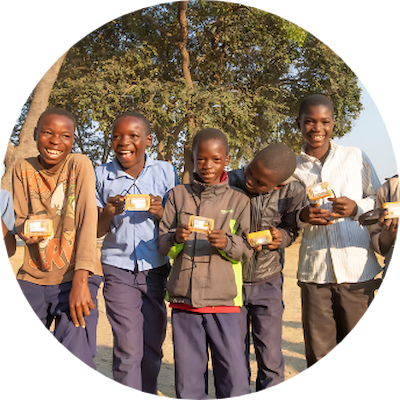
Household Solar Lighting, Zambia
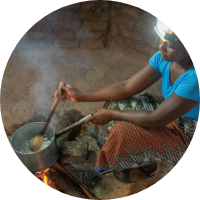
Over 600,000 solar lights distributed
Since 2021, this project has brought clean, reliable lighting to households without electricity, directly improving quality of life for thousands of families.
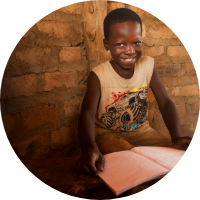
Over 10,000 tonnes of CO2e avoided
By replacing kerosene lamps and open-fire lighting, the project cuts harmful emissions while reducing fuel costs for low-income households.
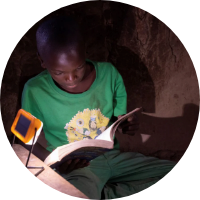
Enhancing education and wellbeing
Distributed through schools and community centres, solar lights enable children to study safely at night, supporting health, learning, and social development.
Household Solar Lighting - plays a pivotal role in reducing poverty, enhancing educational opportunities, and improving family health by providing solar lighting devices to families within Zambia. By providing solar powered devices, the reliance on kerosene is reduced significantly, cutting down on the ongoing costs associated with fuel for the economically disadvantaged, as well as avoiding the associated emissions from fuel combustion that would have otherwise occurred in the home.
Since its inception in 2021, the initiative has successfully distributed over 600,000 solar lights across Zambia, and avoided over 10,000 tCO2e of emissions that would have otherwise been created. Via the revenue generated from carbon credits, the distribution of lights have been able to be subsidised, removing the primary obstacle to the widespread adoption of clean technology among those who benefit most - its affordability.
By channelling distribution through schools and community centres, the project ensures that children have access to bright, clean, and safe lighting for night-time reading and studying.
One of the first and most significant projects of its kind, preventing kerosene combustion, reducing household spending on lighting fuel and batteries, and extending children's study hours, this project aims to have a significant impact in breaking the poverty cycle within the region.
UN Sustainable Development Goals met by this project:
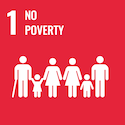
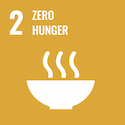
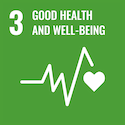
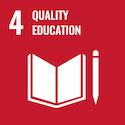
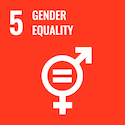
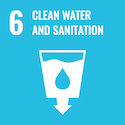
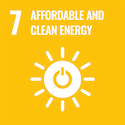
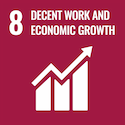
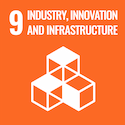
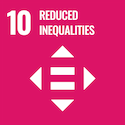
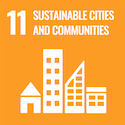
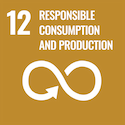
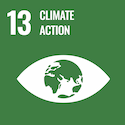
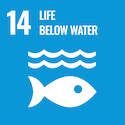
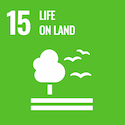
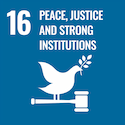
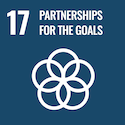
Explore our projects
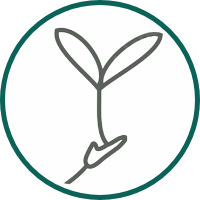
Blue Carbon Mangrove Restoration, Pakistan
Blue Carbon Mangrove Restoration in Pakistan’s Indus Delta spans 350,000 ha, removing 142 million tonnes of CO2e for global climate mitigation.
Project status: Active
Learn more about the Blue Carbon Mangrove Restoration project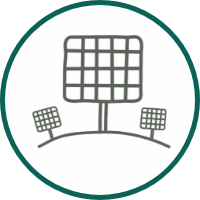
Elazig Solar Farm,
Turkey
Elazig Solar Farm pioneers high-efficiency solar power in Turkey, reducing reliance on fossil fuels and stabilising energy costs.
Project status: Active
Learn more about the Elazig Solar Farm project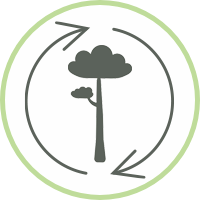
Improved Biodiversity & Mixed Reforestation
This reforestation project restores 2,115 ha of former pastureland, planting over one million trees to boost biodiversity and carbon capture.
Project status: Active
Learn more about the Improved Biodiversity & Mixed Reforestation project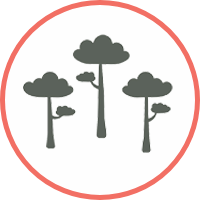
Reforestation on Degraded Land, Uruguay
This project restores 21,298 hectares of degraded grazing land in Uruguay, creating sustainable forests to boost biodiversity and carbon capture.
Project status: Active
Learn more about the Reforestation on Degraded Land project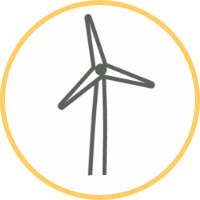
Salkhit Wind Farm, Mongolia
Salkhit Wind Farm is Mongolia’s first grid-connected wind project, supplying renewable energy and advancing expertise for future developments.
Project status: Active
Learn more about the Salkhit Wind Farm project
Wind power in Karnataka, India
This project in Karnataka generates renewable wind power, reducing fossil fuel reliance and supporting India’s Southern Electricity Grid.
Project status: Active
Learn more about the Wind power in Karnataka project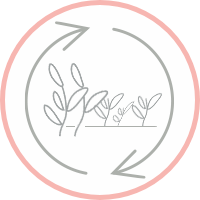
Peatland protection - Rimba Raya
The Rimba Raya Biodiversity Reserve protects carbon-rich peatland from palm oil deforestation, preventing 100 million tonnes of emissions.
Project status: Inactive
Learn more about the Peatland protection in Rimba Raya project
Peatland protection, Keo Seima, Cambodia
The Keo Seima Wildlife Sanctuary in Cambodia protects endangered wildlife and supports local Bunong communities through conservation and sustainable development.
Project status: Inactive
Learn more about the Peatland protection in Keo Seima project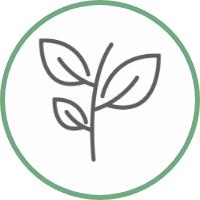
Tropical Forest Protection, Mai Ndombe
The Mai Ndombe project in the DRC reduces forest and biodiversity loss whilst providing community prosperity through vital investments into the local area.
Project status: Inactive
Learn more about the Tropical Forest Protection project